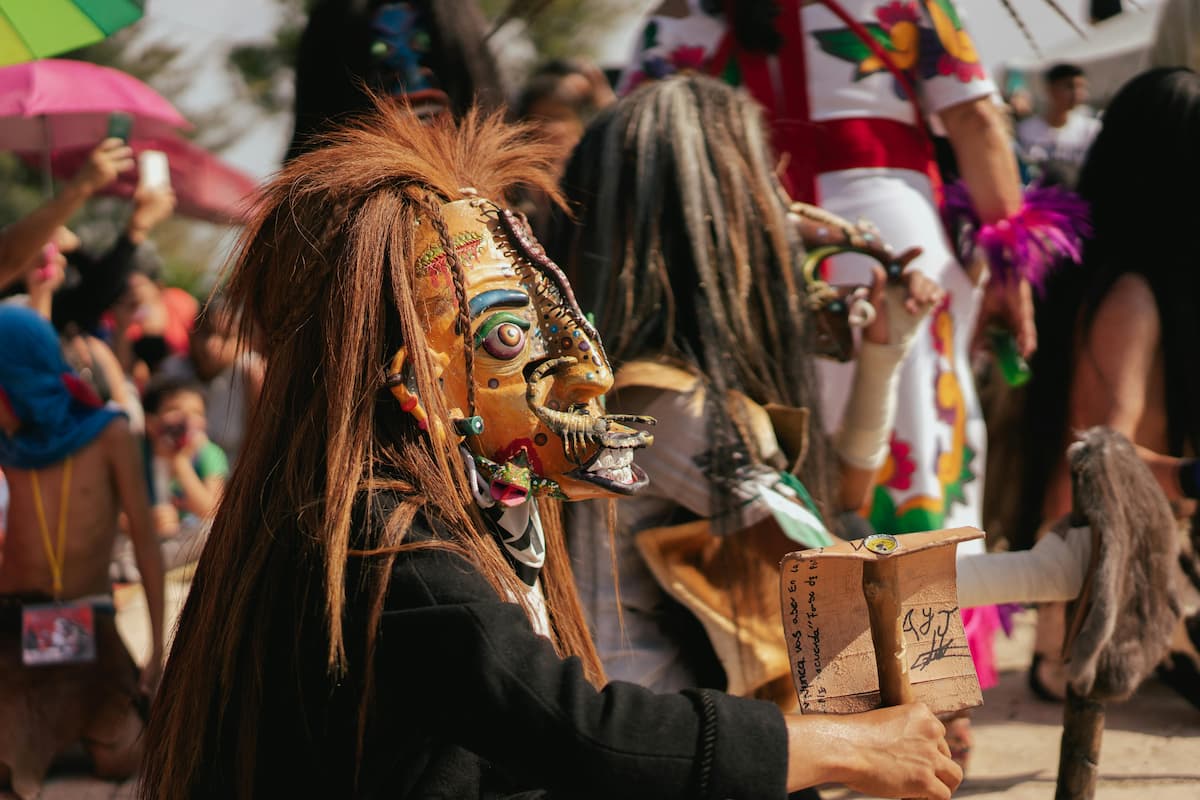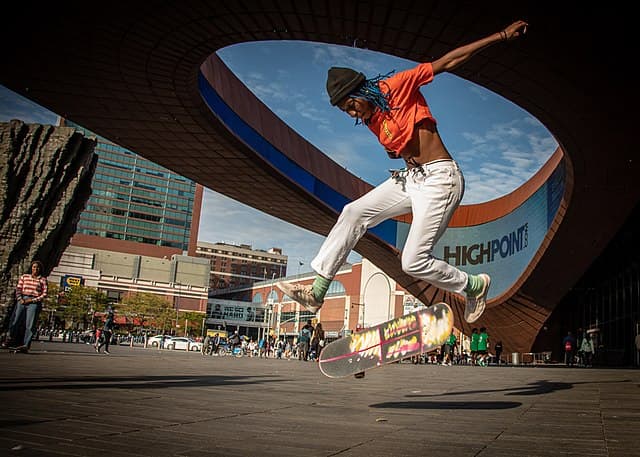From flamboyant mariachi bands to the crumbling Aztec empires, Mexicans have plenty of cultures and traditions for people to explore. However, one less recognized and often overlooked is Mexico’s connection with the African continent. Although not widely talked about, the African culture and traditions have a certain level of influence on that of Mexico.
Here are six ways African culture and traditions have influenced Mexican culture.
Become an insider. Subscribe to our newsletter for more top trending stories like this!
Music and Dance
Over 120,000 Africans were brought from Africa to today’s Mexico between 1519 and 1650. The Spanish Crown forced them into slavery so they became instrumental to the cultural, social economic development of Mexico.
The biggest influence of African culture and traditions on Mexican culture is seen in music and dance. For example, the son jarocho that originated from Veracruz is a good instance of African cultural influence in Mexican music.
It’s a regional folk musical style that uses lively rhythm and percussive elements reminiscent of African music. And it’s usually accompanied by an instrument that looks like a guitar but it has an African root. The ‘son of jarocho’ has its own dance step called ‘zapateado’. It’s a footwork that represents the African dance movement.
People Also Read: Black culture: The interesting History of the Afro-Mexicans
Cuisine
Besides music and dance, African food traditions have also influenced Mexican cuisine, especially in the southern part of the country where slaves from Africa were brought to. For example, the Mexican mole usually contains ingredients of African origin. Ingredients such as chilli peppers, cocoa, and cinnamon used in preparing mole can be traced to Africa.
Other ingredients like yams and plantains were also introduced to Mexican cooking through Africa. And these ingredients are now a core part of Mexican food culture. For instance, plantains are a staple in Mexican cooking. They’re used in many dishes, including ‘tostones’ (twice-fried plantains) and ‘platanos’ (fried plantains).
Check these Afro-Mexican Cookbooks on Amazon to learn how to prepare different cuisines.
Spirituality and Religion
African culture and traditions have also had a great influence on Mexican culture. A good example is the Santeria, also known as ‘Regla Lucumí’, ‘Regla de Ocha’, or ‘Lucumí’. It’s an African diaspora region that came into existence in the Mexican region in the late 19th century.
The region developed via a process of syncretism between Spiritism, the Roman Catholic and the traditional Yoruba religion of South West Nigeria in Africa. Santeria as a region doesn’t have any central authority, and there is great diversity among practitioners.
People Also Read: 10 Caribbean Islands to Visit if You’re a Foodie
Arts and Craftsmanship
The influence of African culture and traditions isn’t left out in Mexican arts and craftsmanship. In Mexico regions with a high number of Afro-Amexican populations, you’ll often find woodcarving practices similar to African artistic styles.
Become an insider. Subscribe to our newsletter for more top trending stories like this!
When you see such artwork, you can easily tell that it’s the mark left by the slaves brought from Africa between 1519 and 1650. Additionally, African influence is also evident in Mexican pottery traditions. Many of those designs and techniques reflect African craftsmanship.
Social Customs and Traditions
African culture and traditions have also influenced many aspects of Mexican social customs and traditions. This influence is visible in clothing styles, dance, and festivals.
For example, some Mexican dance styles like ‘Danza de los Diablos’ (Dance of the Devils) in Guerrero incorporate rhythms, movements, and steps with African origins. Also, the traditional clothes that most Afro-Mexican communities wear show African influence in the nation’s fabric choice, design, and adornments.
The Afro-Mexican celebrations and festivals, such as Carnaval de Veracruz, also bend African and Mexican traditions and culture. They feature colorful costumes, music with good vibes, and dance movements of African origins. Here are books on Amazon to teach you more about different Afro-Mexican customs and traditions.
Language
Although African culture and traditions’ influence on the Mexican language isn’t as much as it’s in music and food, it’s still there. Some expressions and words in Mexican Spanish do have African origin. Typical examples are ‘Chido’ and ‘Chamba’.
Generally, African culture and traditions have a certain level of influence on Mexican culture. However, the extent of this influence isn’t the same throughout the nation. Some regions along the Pacific Coast and Gulf Coast have stronger ties because of the presence of sugar plantations and slave ports.
But regardless of the level of influence within each area, the bend of Spanish, and African with indigenous traditions have created a unique culture for the Mexicans regardless of race and color. Check out these Afro-Mexican history books on Amazon if you would want to learn more about the race.
People Also Read: Unveiling the Hidden Story: Fascinating Afro-Mexicans and the Struggle for Visibility
Nearly 80% of consumers visit directories with reviews to find a local business. List your business for free in our exclusive Spotcovery Black-Owned Business Directory.
Spotcovery offers unique and fresh daily content on Black culture, lifestyle, and experiences. We talk about everything black, black people, black-owned and black-owned businesses. We also deliver authentic and relevant content that will inform, inspire and empower you! The future of black media is critical to today’s black experience! Our primary audience includes African Americans, Africans, Afro-Caribbean, and people of African heritage. Black culture is for the culture!
Become an insider. Subscribe to our newsletter for more top trending stories like this!





